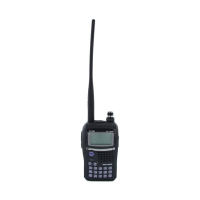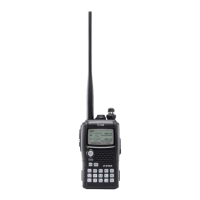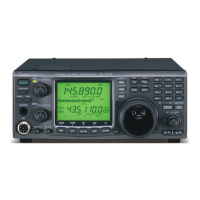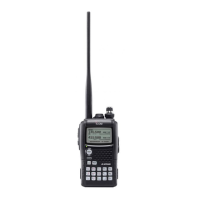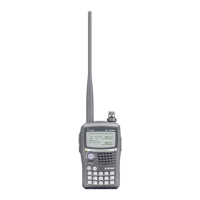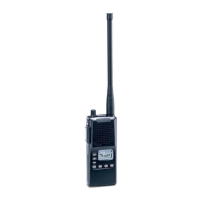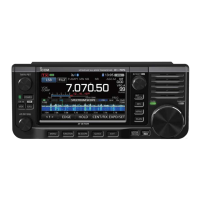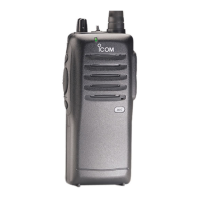This manual describes instructions for advanced features and
instructions.
See the BASIC MANUAL that come with the transceiver for
precautions and basic operations.
ADVANCED MANUAL
ALL MODE TRANSCEIVER
|905
1 ADVANCED OPERATIONS
2 SCOPE OPERATION (ADVANCED)
3 SD CARD (ADVANCED)
4 VOICE RECORDER FUNCTIONS
5 VOICE TX MEMORY FUNCTION
6 MEMORY OPERATION
7 SCANS
8 OTHER FUNCTIONS
9 GPS OPERATION (ADVANCED)
10 D-STAR OPERATION (BASIC)
11 D-STAR OPERATION (ADVANCED)
12 ABOUT THE DV GATEWAY FUNCTION
13 DD MODE OPERATION
14 MAINTENANCE (ADVANCED)
15 UPDATING THE FIRMWARE
16 ADVANCED CONNECTIONS





